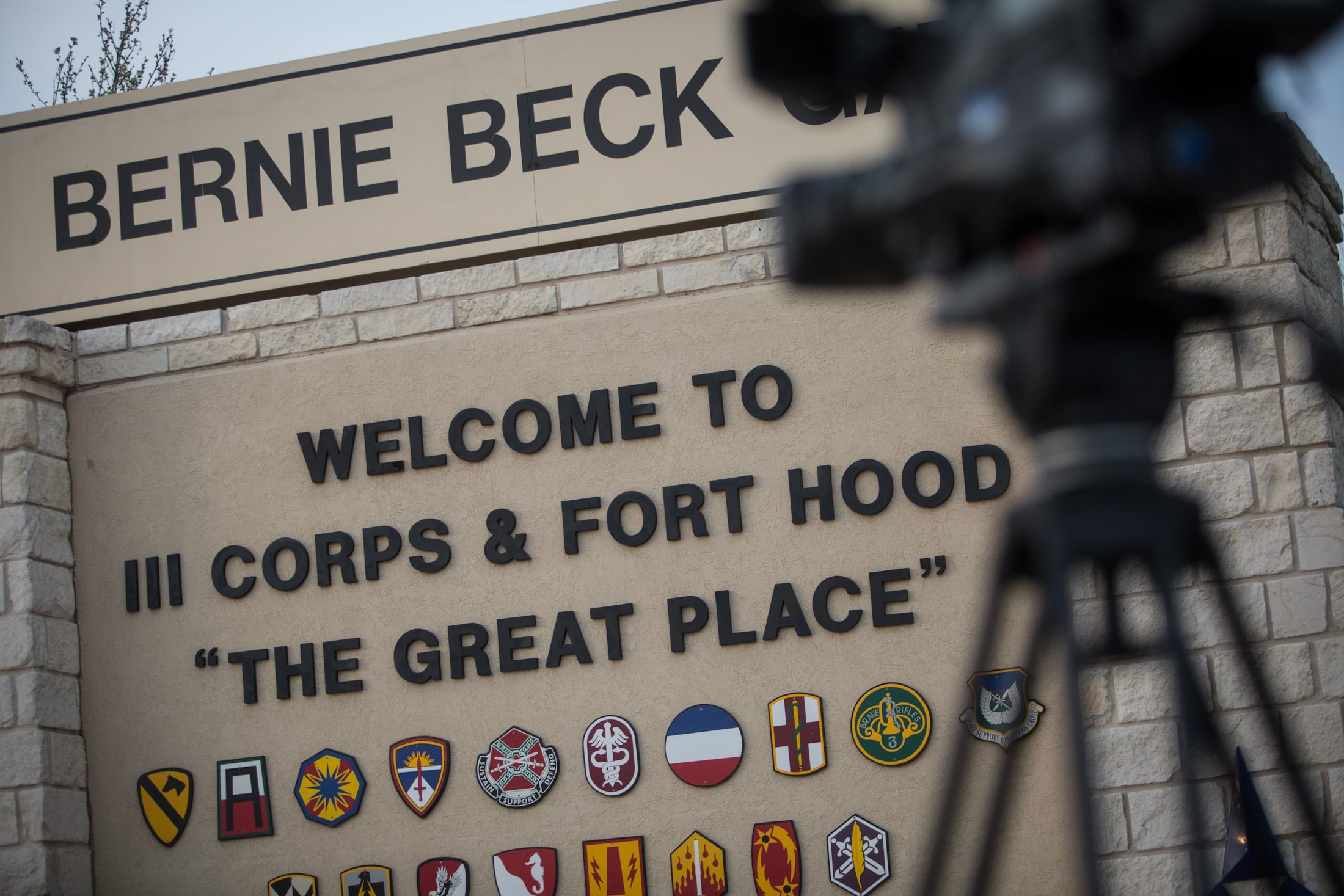The Future Soldier Preparatory Course, a cornerstone of the Army’s recent recruiting gains, is set to narrow its eligibility criteria.
Prospective recruits can now participate in the course to improve either academic test scores or physical fitness, but not both, an Army spokesman confirmed Tuesday, adding that there is currently no timeline for implementation due to the government shutdown.
“We can confirm there are changes to the FSCP for attending one of the courses but not both,” the spokesman said in a statement. “However, due to the lapse in appropriations please expect a delay in responses for detailed information.”
The Future Soldier Preparatory Course is a program that lasts up to 90 days and is designed to help would-be recruits who fall short of the Army’s enlistment standards. The course allows candidates to boost fitness levels and raise test scores ahead of going to boot camp.
Officials previously described the course as a way to broaden the recruiting pool without lowering standards amid nationwide struggles to find young people who meet Army requirements.
If trainees are able to meet the Army’s standards, they move on to basic training. If not, they are sent home.
The program began at Fort Jackson, South Carolina, in 2022 as a pilot initiative amid multiple years of recruiting shortfalls.
Initially, those enrolled could only partake in either a fitness or academic track. In 2023, however, the Army allowed potential recruits to participate in both categories and expanded the course to other installations.
By September of the following year, nearly 25,000 recruits had graduated from the program and become soldiers, Army Times previously reported. Army leaders touted the course as a key part of increasing recruiting numbers.
The Army reported meeting its recruiting target of 61,000 new soldiers for fiscal year 2025 in just eight months, according to a June press release.
A stronger recruiting environment means it is unclear if these changes will have any impact on enlistment numbers, Katherine Kuzminski, the director of studies at Center for a New American Security, told Military Times.
“It costs a lot of money to drive interest in military service,” Kuzminski said, noting advertising and marketing efforts behind the recruiting surge. “What the future soldier prep course does is take people who are interested — which is the harder thing to change someone’s mind about — and help them meet the standard.”
Now, with recruiting trends improving, “the Army can afford to be more selective and say you can only have one deficiency at this point,” she said.





